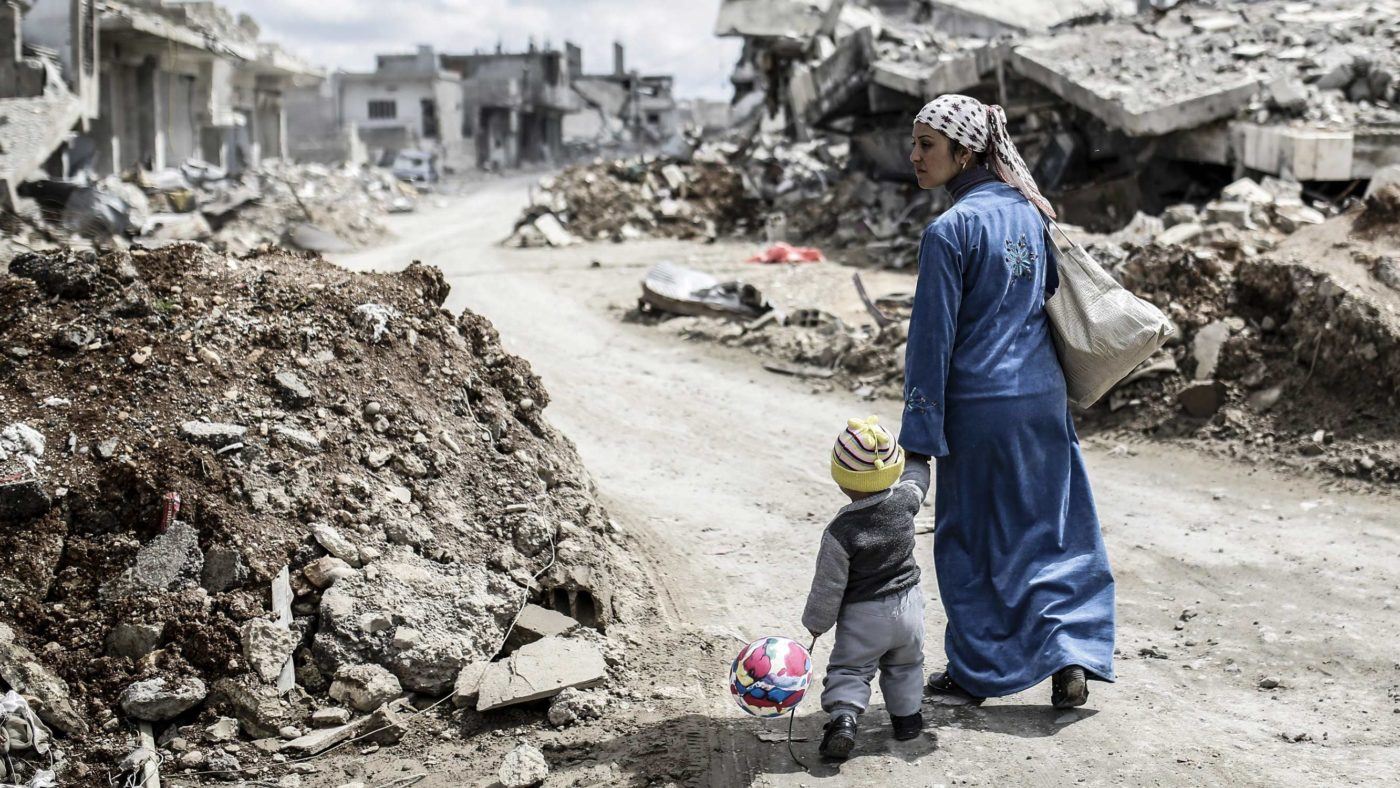Throughout his election campaign, Donald Trump maintained that he wanted to improve US-Russian relations by building a closer relationship with Vladimir Putin.
We cannot predict Trump’s exact actions, or how close his cooperation with Putin will be. But we know such a relationship could have potentially catastrophic effects for the rest of the world – and in particular for Syria.
If Trump and Putin do reach an agreement, there are four possible scenarios that emerge: the US lets Russia have its way in Syria; the US and Russia combine their diplomatic or even military efforts to bring the war to a close; Russia ends its direct involvement in the fighting (in exchange for concessions elsewhere); or nothing changes, and the war continues.
In terms of the first two scenarios, one of Trump’s key election promises was to combat terrorism – indeed, he claimed that working with Russia to “knock the hell out of ISIS” would be wonderful. Bashar al-Assad, for his part, has stated that Trump could be a “natural ally”.
It may be a step too far, even for Trump, to weigh in behind Assad. But whether the US withdraws from Syria completely, or merely focuses on defeating ISIS rather than supporting the rebel forces more broadly, the result would be the same.
The anti-Assad forces are heavily dependent on the US for arms and training, even if those these ventures have suffered several setbacks. To date, the US has allocated more than $500 million for assistance programs in Syria, including the provision of nonlethal equipment to select opposition groups.
If Trump withdraws support for the rebel groups, he would terminate such military assistance – which includes ending a CIA program to equip moderate rebels with anti-tank missiles.
Although the rebels would still have support from the EU, Saudi Arabia, Turkey, Qatar and other Gulf states, it is questionable whether this would be enough to defeat the Assad regime, supported as it is by Russia and Iran.
Yet any option which sees America working with Russia, either actively or passively, will mean immense civilian suffering.
Between 2011 and 2016, Syrian regime forces have killed 188,729 civilians – the equivalent of 92 per cent of the total lives lost in Syria. A Trump-Putin alliance might result in yet more civilians being caught in the crossfire, especially in key battlegrounds such as Aleppo, where 250,000 Syrian civilians remain trapped in rebel-held areas.
In terms of the humanitarian situation, the most appealing option would be for Trump to persuade Russia to abandon its military efforts. Airwars has recorded 3,600 civilian deaths caused by Russian bombing raids since Putin entered the Syrian conflict in 2015. Putting an end to such attacks will prevent thousands of civilian casualties.
Yet Putin will only withdraw Russian forces from Syria if he gets something in return. These demands would likely include dropping sanctions, recognising Russia’s ownership of Crimea, forging a new Yalta treaty or even discussing the contraction of NATO.
It is still far too early to tell how Trump will tackle such demands, but accepting any of them would strain international relations and threaten international security.
Even if Russia were to withdraw its troops, it would be relatively easy for it to keep a proxy war going, along with the stalemate between the rebels and the government.
Although Russia claim to be fighting ISIS, its war effort is mostly aimed at areas held by other opposition groups: its bombings of such areas have been responsible for the majority of civilian casualties. As the war continues, aid will become increasingly difficult to get into the cities under attack and healthcare and education systems will continue to deteriorate.
While we may be uncertain of Trump’s intentions, it is hard to see any scenario for a Russia-US entente which do not have adverse consequences not just for the people of Syria, but for countries across the globe.


